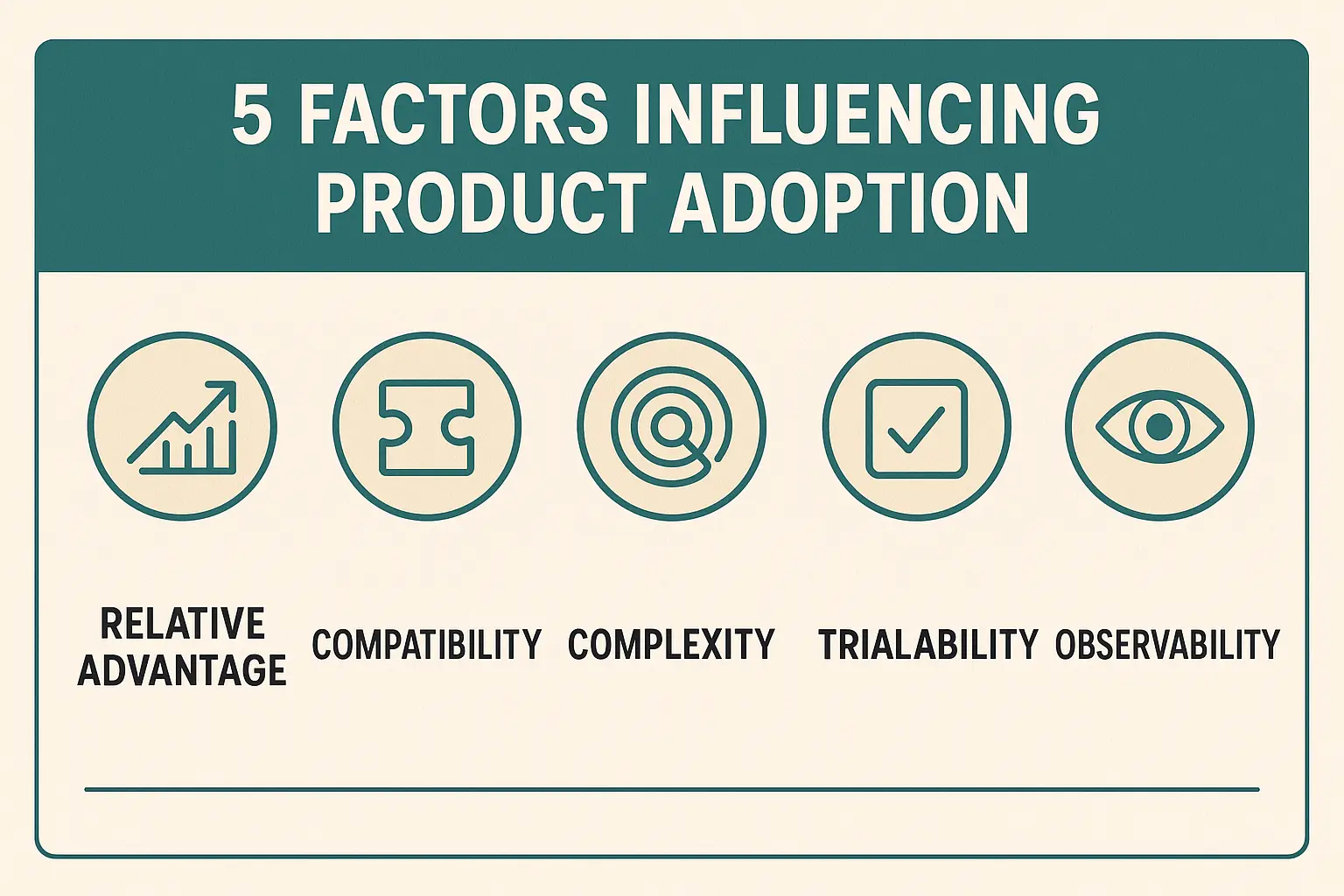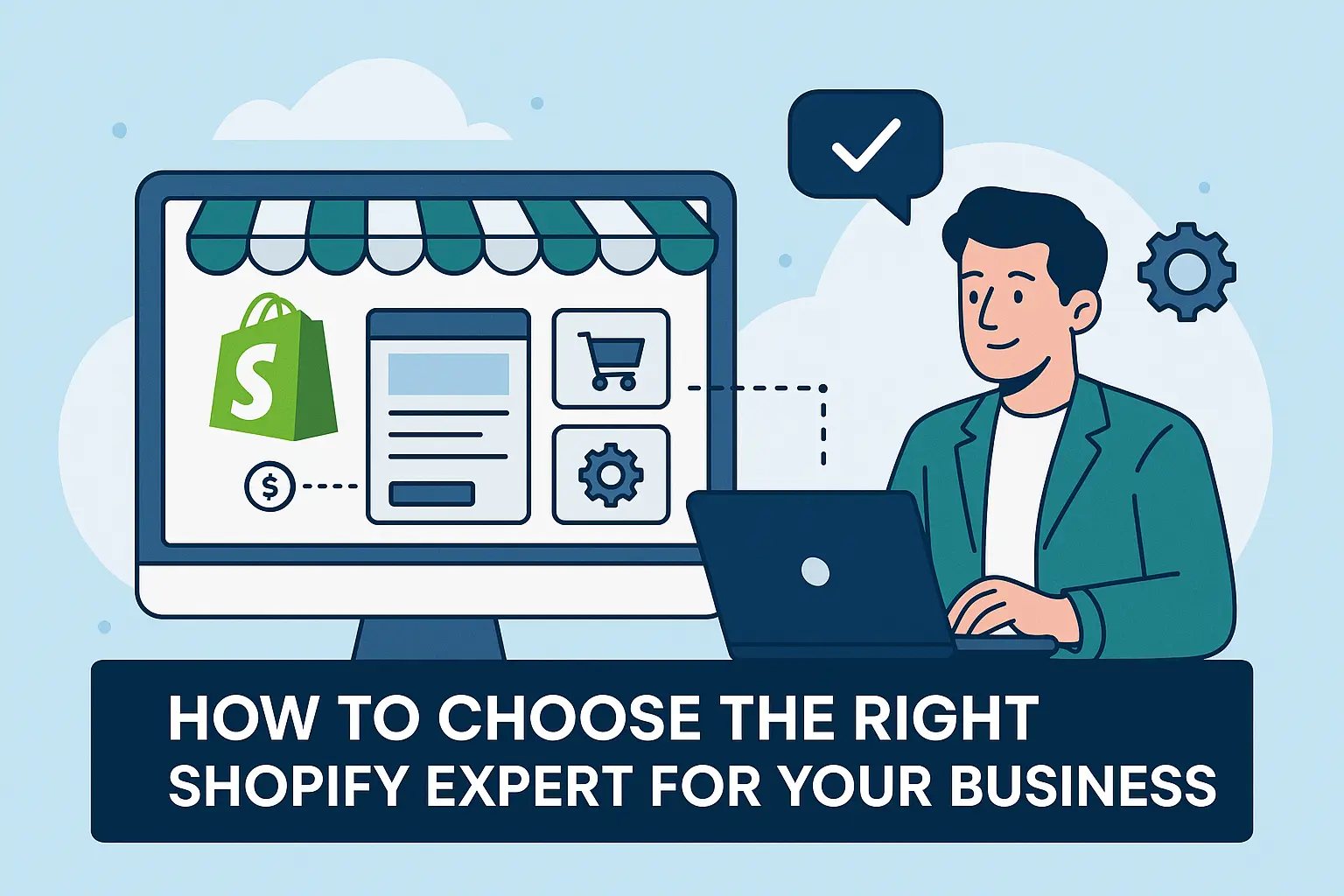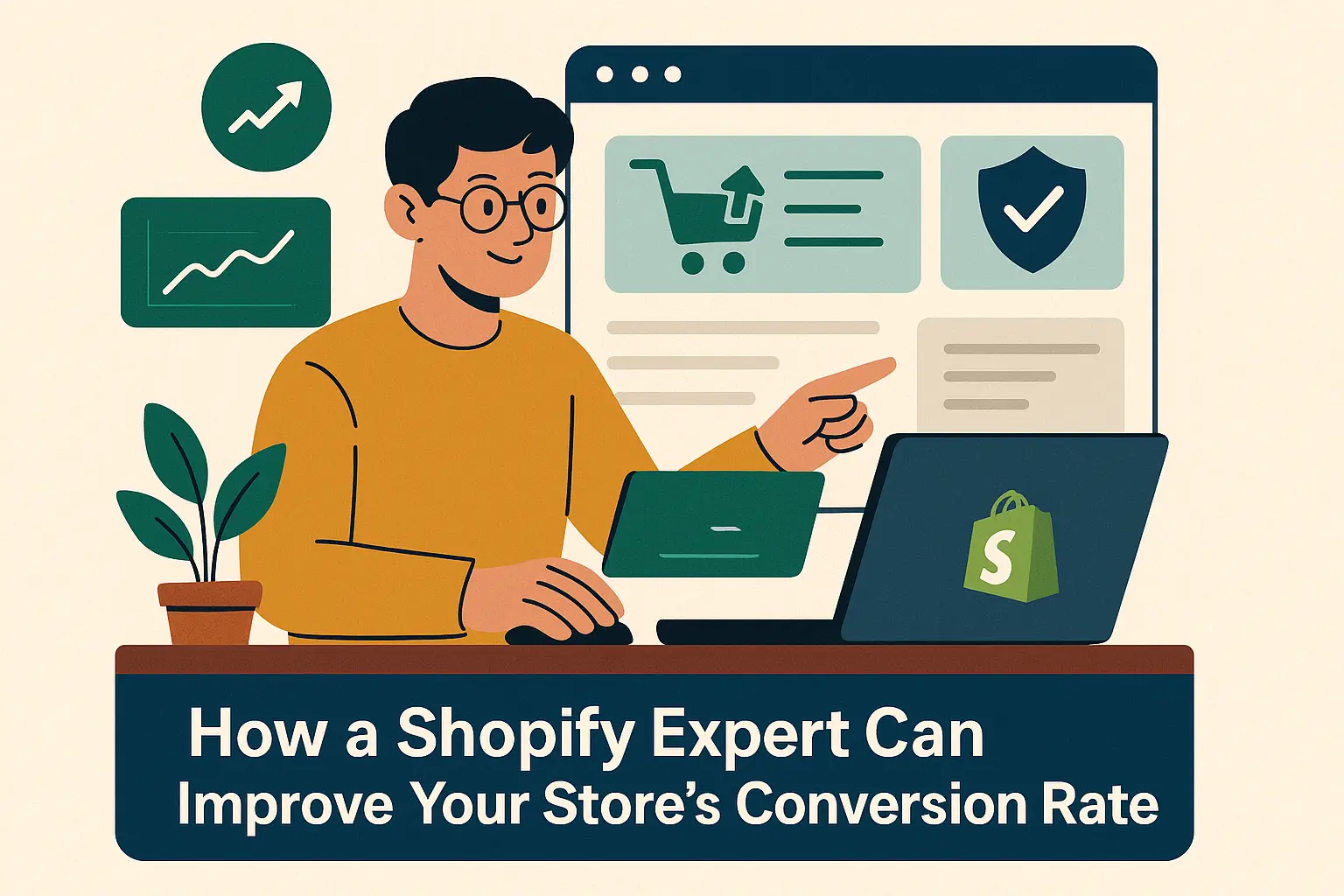Learn how innovations spread through the market and what it takes to engage every adopter group—from tech-savvy innovators to hesitant laggards. Understanding the product adoption lifecycle helps you tailor your strategy to meet users where they are and guide them toward long-term loyalty. Tools like learning management systems, learning content management system, or an online class platform can be instrumental in supporting this journey.
What is the Product Adoption Process?
The product adoption process is the journey people take before fully embracing and using a new product. It starts when someone hears about your product and ends when they become a loyal user. This process is essential because it helps you understand how your audience thinks, what they need, and what might stop them from trying your solution.
In simple terms, product adoption is how new users become regular users. Understanding this journey helps businesses fine-tune their marketing, onboarding, and support strategies to serve their customers better. If you’re using platforms like LearnWorlds to create course online or make online courses, mastering adoption phases is even more critical.
What are the 5 Stages of the Product Adoption Process?
The five stages of product adoption explain how someone moves from not knowing your product to loving and using it regularly. These stages are:
What are the 5 Stages of the Product Adoption Process

Awareness: The user first learns about the product.
Interest: They want to know more and start exploring.
Evaluation: They think about whether it’s worth trying.
Trial: They try the product to see if it fits their needs.
Adoption: They decide to keep using the product.
Understanding each stage helps you craft messages and support systems that guide users from one step to the next.
What is the Product Adoption Lifecycle?
The product adoption lifecycle is a model that shows how different groups of people adopt new technology over time. This idea comes from the “Diffusion of Innovations” theory by Everett Rogers. It includes five adopter categories: Innovators, Early Adopters, Early Majority, Late Majority, and Laggards.
Each group has its own habits, risk levels, and motivations. By understanding these types, companies can plan marketing and product strategies that speak directly to each group’s mindset. This is where the concept of the technology adoption lifecycle and behavioral segmentation comes in. Using tools from a trusted websites design company or website redesign services can help tailor the experience for each group.
The Five Stages of the Product Adoption Lifecycle (and How to Conquer Them All)
Innovators
Innovators are the first to try a new product. They love new tech, take risks, and are always looking for the next big thing. They’re not afraid to test a product—even if it’s still a bit rough around the edges.
These early movers are a small group, but their influence is huge. They often talk about their experiences and help spread the word.
How to Win Them Over:
Offer early access, beta programs, or exclusive invites. Highlight cutting-edge features and involve them in feedback loops. They’ll love being part of the product’s evolution.
Early Adopters
Early adopters are trendsetters and influencers. They aren’t as quick to jump in as innovators, but they are still willing to take a chance on something new—especially if it solves a problem for them or gives them an edge.
They often have a loud voice in their industry or community and help shape opinions.
How to Win Them Over:
Share real-life use cases and early success stories. Focus on how your product brings value. Offer strong support and resources to help them get started fast.
Early Majority
The early majority is a bigger group that adopts a product once it’s been proven. They want evidence, case studies, and social proof before making a move. They’re practical and prefer to avoid risk.
They are the tipping point in the product adoption curve. Winning them means moving from niche to mainstream.
How to Win Them Over:
Focus on product-market fit and reliability. Share data, testimonials, and in-depth guides. Offer easy onboarding and support for a smooth user experience. Consider using platforms like lms or responsive web design to provide smoother onboarding.
Late Majority
The late majority is more skeptical. They wait until most people are using a product and the kinks have been worked out. They prefer value over hype.
This group makes up a large portion of the market, so capturing them is important for scaling.
How to Win Them Over:
Offer discounts or risk-free trials. Show that your product is a standard in the industry. Provide excellent support and clear benefits.
Laggards
Laggards are the last to adopt. They resist change and often stick to traditional methods. They usually adopt new technology only when absolutely necessary.
They might not be your ideal audience, but reaching them can still add long-term growth.
How to Win Them Over:
Keep messaging simple and focus on ease of use. Share stories from users like them. Patience and education are key.
Crossing the Chasm from Early Adopters to Early Majority.
Understanding the Chasm Concept
The “chasm” is the tricky gap between early adopters and the early majority. Geoffrey Moore’s book, Crossing the Chasm, explains this concept. It’s the stage where many products fail because they can’t move from visionary users to practical users.
Challenges in Crossing the Chasm
Early adopters want innovation; early majority wants proven value. That difference makes it hard to switch your messaging and approach. If your product still feels new and unproven, you may struggle to attract the early majority.
- Strategies to Bridge the Chasm
- Create detailed case studies.
- Focus on one niche market first.
- Build strong user onboarding.
- Offer customer support and education.
- Share data to prove value and stability.
Platforms like WordPress websites or Shopify Expert services can also provide a tailored approach when targeting niche markets.
5 Factors Influencing Product Adoption

Relative Advantage
The more your product improves someone’s life or work, the faster they’ll adopt it. Highlight benefits clearly.
Compatibility
If your product fits with what people already know and use, adoption becomes easier. Make it feel familiar.
Complexity
The harder it is to use, the slower the adoption. Keep your product simple and intuitive.
Trialability
Let people test the product without big commitments. Free trials or demos go a long way.
Observability
When users can see others getting value, they want to join in. Encourage public reviews, testimonials, and word-of-mouth. Try leveraging Shopify dropshipping feedback loops or webflow developer portfolios to improve observability.
Examples of Successful Product Adoption
Zoom
Zoom nailed product-market fit at the right time. With easy onboarding, clear value, and word-of-mouth, it became a go-to virtual meeting tool. It crossed the chasm quickly due to its simplicity and performance.
Oatly
Oatly’s success came from strong brand storytelling, targeting early adopters, and riding health-conscious trends. They created buzz, backed it with value, and slowly reached the mainstream grocery aisle.
10 Strategies to Enhance Product Adoption
- Build strong onboarding experiences.
- Offer personalized help.
- Collect and apply user feedback.
- Provide live demos or training.
- Use lifecycle marketing campaigns.
- Share customer success stories.
- Optimize trial experiences.
- Use referral programs.
- Update based on feature requests.
Stay active in user communities. Tools like Webflow Expert services and Shopify support may help implement these strategies.
8 Product Adoption Metrics to Track
- Product Adoption Metrics
- Activation rate
- Time to first value (TTFV)
- Daily/monthly active users (DAU/MAU)
- Feature adoption rate
- Churn rate
- Net Promoter Score (NPS)
- Customer retention rate
- Onboarding completion rate
These numbers help you measure what’s working and what needs improvement. Use analytics from WordPress developer tools or Webflow agency dashboards to track effectively.
How to Use Customer Education for Higher Product Adoption
What is Customer Education?
Customer education means teaching users how to use your product. This includes help articles, webinars, tutorials, and in-app guides. It’s one of the most powerful ways to boost adoption.
When people know how to use your product, they see results faster. That leads to better engagement and long-term loyalty.
Ready to Master the Product Adoption Lifecycle?
Understanding and planning for each adopter type sets your product up for success. With the right strategy, you can guide users from awareness to full adoption—no matter where they are in the lifecycle.
Start by reviewing your current approach. Are you speaking to each segment? Are you tracking the right metrics? If not, it’s time to level up.
Conclusion
The product adoption lifecycle explained more than just how users adopt products—it shows how innovation spreads. By identifying and engaging every adopter segment, you can build a roadmap for long-term growth.
From innovators to laggards, every user matters. Know your audience, tailor your strategy, and focus on delivering value at every stage.
FAQs
What is the product adoption lifecycle?
It’s a model that explains how different types of users adopt a new product over time, from innovators to laggards.
What are the five stages of product adoption?
Awareness, Interest, Evaluation, Trial, and Adoption.
Why is crossing the chasm important?
It’s the hardest part of gaining mass adoption. It’s when a product shifts from niche to mainstream.
What factors influence product adoption?
Relative advantage, compatibility, complexity, trialability, and observability.
How do I engage early adopters?
Offer early access, focus on solving real problems, and provide strong support and feedback channels.
What tools help improve product adoption?
Onboarding software, customer education tools, CRM systems, and data analytics platforms, along with LearnWorlds, lms, WordPress websites, Shopify Expert, and Webflow agency solutions.







